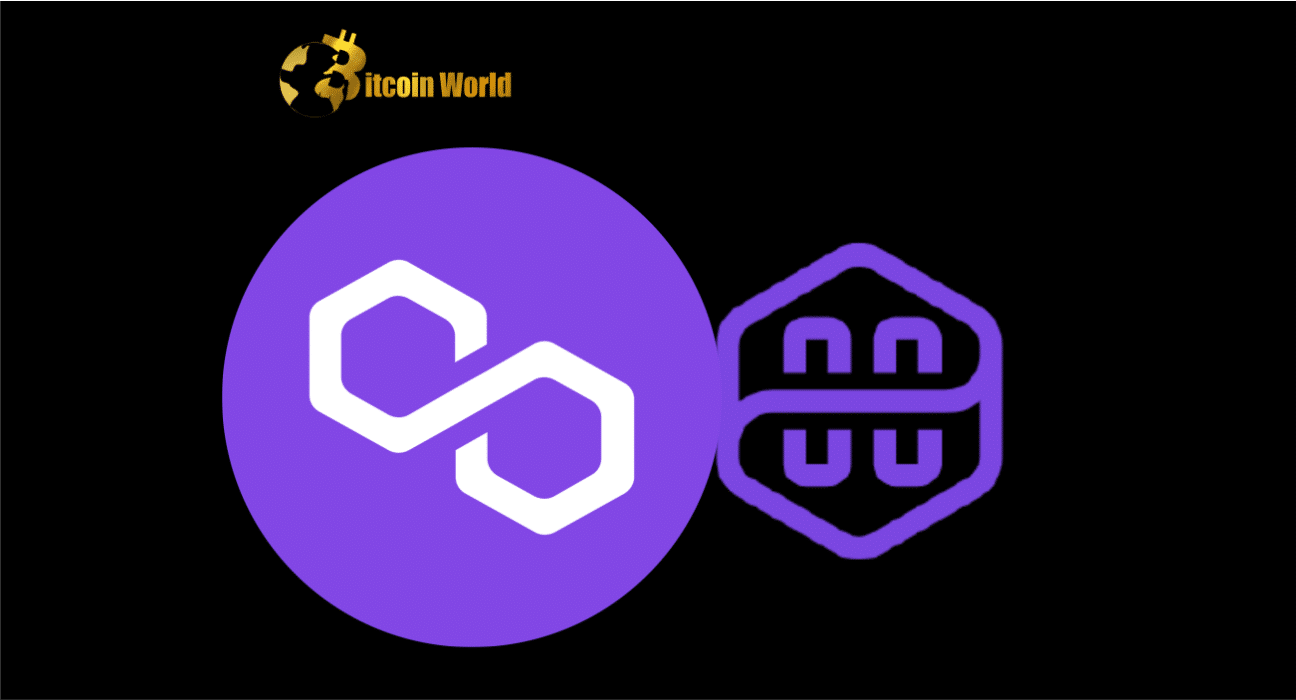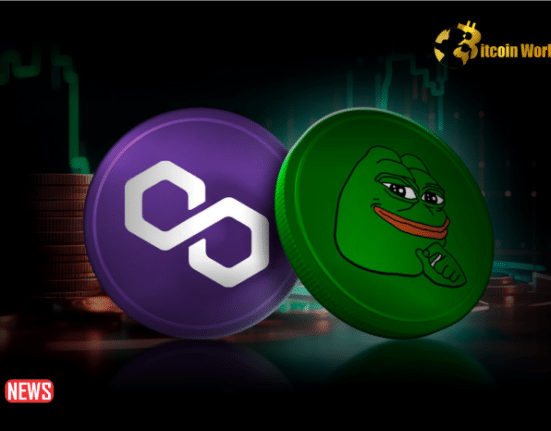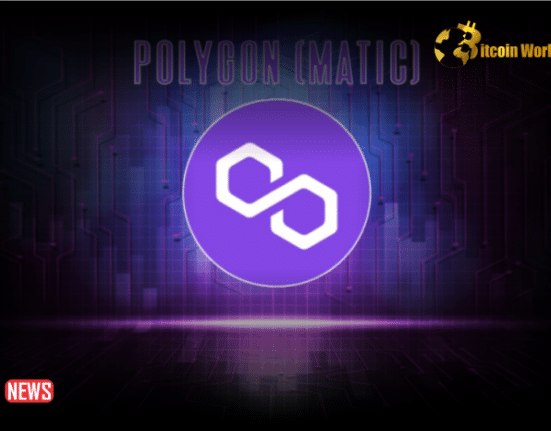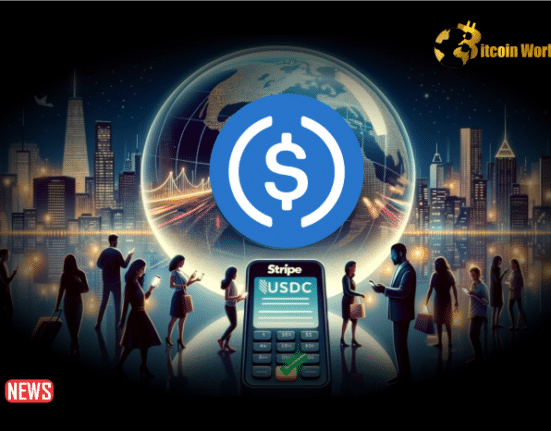Scalability has long been a concern in the fast-paced world of cryptocurrency. As the popularity of blockchain networks grew, so did concerns about network congestion, exorbitant fees, and delayed transaction times. Enter Polygon (previously Matic Network), a ground-breaking solution aimed at addressing these issues and revolutionizing the crypto sector. In this post, we will look at the concept of Polygon, its important features, and its possible implications on the future of blockchain scalability.
Understanding Polygon
Polygon is a layer 2 scaling solution that aims to improve the capabilities of existing blockchain networks, including Ethereum. It combines technologies like as sidechains, Plasma frameworks, and a strong consensus mechanism to provide an efficient and scalable infrastructure for decentralized applications (DApps) and smart contracts. Developers can use Polygon to design scalable and secure blockchain applications while maintaining decentralization.
Key Features of Polygon
- Polygon overcomes the scalability barrier by leveraging numerous parallel chains, known as sidechains, that run alongside the Ethereum mainnet. When compared to the mainnet, these sidechains can process transactions swiftly and at a fraction of the cost. Polygon substantially increases network scalability by shifting a significant percentage of transaction burden to sidechains.
- Fast and Low-Cost Transactions: One of Polygon’s distinguishing advantages is its ability to support fast and low-cost transactions. Users can receive near-instantaneous transaction confirmations by employing a Layer 2 solution, resulting in a seamless and efficient user experience. Furthermore, lower costs on Polygon sidechains make it easier for users to interact with DApps and execute frequent transactions.
- Polygon is designed to be fully interoperable with the Ethereum Virtual Machine (EVM), allowing developers to smoothly move their existing Ethereum-based DApps onto the Polygon network. This compatibility lowers the barrier to entry and enables developers to take use of Polygon’s scalability while remaining interoperable with the larger Ethereum ecosystem.
- Polygon provides a high level of security through its decentralized network of validators who maintain the consensus mechanism. Validators are in charge of verifying transactions and ensuring the network’s integrity. Polygon achieves a combination of scalability and security by employing the Plasma framework, making it an appealing solution for developers looking for a secure environment for their applications.
Potential Impact and Use Cases
Polygon’s scaling solution has the potential to enable a wide range of application cases in a variety of sectors. Here are a few examples:
- Decentralized Finance (DeFi): While the DeFi sector has grown rapidly, the high gas fees and long transaction times on Ethereum have hampered its scalability. Polygon provides a scalable architecture that enables DeFi protocols to run more efficiently, allowing for faster and cheaper transactions and enabling wider adoption.
- Gaming and non-fungible tokens (NFTs): The gaming sector and the non-fungible token (NFT) market have experienced great development, however scalability issues frequently result in congestion and expensive costs. Polygon’s scaling solution is capable of handling the high transaction flow demanded by gaming and NFT platforms, resulting in a seamless and cost-effective user experience.
- Polygon’s scalability and Ethereum interoperability make it an appealing option for enterprise-level blockchain systems. Businesses can benefit from rapid and secure transactions, cost-efficiency, and interoperability with current Ethereum-based apps by leveraging Polygon’s infrastructure.
Polygon in Crypto world
Polygon is making great progress in addressing the crypto world’s scalability challenges. It provides a scalable, secure, and cost-effective infrastructure for DApps, smart contracts, and blockchain-based solutions with its revolutionary layer 2 scaling solution. Developers and users can benefit from speedier transactions, lower fees, and a more seamless user experience by leveraging Polygon’s technology.
Introduction to Web3
Web3’s development has ushered in a new era in the realm of cryptocurrencies and blockchain technology. Web3 promises a paradigm shift away from the traditional centralized internet and toward a decentralized ecosystem, empowering individuals and allowing for a new level of control over personal data and digital assets.
Understanding Web3
Web3 refers to the internet’s future generation, which is based on decentralized technology and ideas. It aspires to create a more open, transparent, and user-centric digital world in which people have more ownership and control over their data, digital identities, and assets. Web3 enables trustless interactions, peer-to-peer transactions, and decentralized apps (DApps) by leveraging blockchain technology, cryptography, and smart contracts.
Key Principles of Web3
- Decentralization: The principle of decentralization is central to Web3. Web3 distributes authority and decision-making among a network of participants, as opposed to Web2, where power and control are predominantly controlled by centralized bodies. This decentralized design improves security, resilience, and resistance to censorship.
- User Sovereignty: Web3 places individuals at the center, giving them control over their digital life. Users have complete ownership over their data, identities, and assets, removing the need for middlemen and allowing them to determine how their information is shared and used.
- Interoperability and open protocols: Web3 advocates open protocols and standards that enhance interoperability among different blockchain networks, DApps, and services. This interoperability enables easy communication and value exchange across several platforms, resulting in a more connected and thriving ecosystem.
- Privacy and security are emphasized as important rights by Web3. Users can defend themselves against illegal access and surveillance by using cryptographic techniques to secure the confidentiality and integrity of their data. Smart contracts and decentralized systems improve security even further by eliminating single points of failure and lowering the danger of hostile activity.
Potential Impact of Web3
- Financial Inclusion: By making financial services available to anybody with an internet connection, Web3 has the potential to transform the financial landscape. Decentralized finance (DeFi) apps based on Web3 principles give users more control over their assets, borderless transactions, and access to a variety of financial services without the use of middlemen.
- Data Ownership and Privacy: Web3 restores users’ control over their data, allowing them to choose how their information is shared and used. Users can maintain privacy when interacting with DApps and selectively exchanging data by employing cryptographic techniques, limiting the risks associated with centralized data storage and surveillance. Web3 enables the creation of self-sovereign digital identities, allowing individuals to maintain and govern their identities across multiple platforms without relying on centralized authority. This can lead to increased security, decreased identity theft, and better user experiences in a variety of industries, including healthcare, voting systems, and supply chain management.
- DApps built with Web3: Web3 facilitates the creation of decentralized applications (DApps) that use blockchain technology to create transparent, censorship-resistant, and user-centric experiences. Decentralized social networks and content platforms, as well as decentralized marketplaces and gaming platforms, are examples of DApps that provide users with additional chances for involvement and ownership.
Conclusion
Web3 marks a fundamental transformation in how we engage with the digital world, empowering individuals, encouraging decentralization, and opening up new avenues for creativity. Web3 has the ability to transform businesses, restructure financial systems, and revolutionize the way we interact with technology due to its emphasis on privacy, security, and user sovereignty.














